|
|
DevelopmentSega Master System / Mark III / Game Gear |
Home - Forums - Games - Scans - Maps - Cheats - Credits |
SMSReader - Tools You'll Need
Buying tools
For those new to electronic construction, here's a list of tools and other items you're going to need in order to build the SMSReader. I haven't listed any electronic components here - those are in the next section.
Soldering iron

These come in many shapes and sizes. A basic, unregulated soldering iron of between 17 and 25 watts, preferably with interchangeable bits, is ideal for this kind of thing. Don't use a "soldering gun", or one of the more heavy duty irons intended for mains electrical work and suchlike.
The iron I use is the Antex CS18 (pictured), an 18 watt iron which comes with a stand and a sponge for wiping the bit. (If your iron doesn't, you'll want to buy these separately - they really are essential.) The CS18 has a 3mm bit as standard, which is perhaps a little too large - I typically use a 1mm bit (bought separately) for Veroboard construction.
Desoldering pump ("Solder Sucker")

A small spring-loaded syringe which sucks up excess solder. Heat the solder, apply the nozzle and push the trigger. Ideal for removing components, and correcting your mistakes (which will be numerous at first, believe me!) The one shown is made by Antex and costs around 7 pounds (UK). It's very hard-wearing, and the nozzle can be replaced when it finally wears out.
Radio Shack/Tandy sell a rubber bulb-type device which, they claim, does the same job. Don't be fooled, buy a proper one!
You should also buy some desoldering braid, especially if you want to modify cartridges. This is good for more delicate work and can be used to remove the last traces of solder from a joint. It comes in various gauges - AA size or around 1.5mm is a good general-purpose gauge. Choose the rosin (flux) impregnated type.
Side cutters
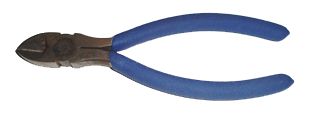
Used for cutting wires and trimming component legs. Available from DIY and hardware stores, perhaps in a "multi-pack" with sets of pliers and the like. Good sets aren't expensive, and will last a very long time, so don't waste your money on a cheap pair.
Pliers
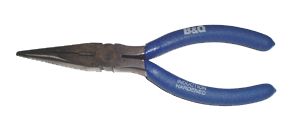
You should buy some pliers of the fine, narrow-nosed type (see picture). They have multiple uses - bending component legs, holding components, that sort of thing. Once again, buy some good ones - you won't regret it.
Track cutter
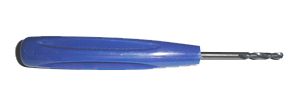
A little hand-held drill used for removing copper from a Veroboard track, breaking the connection. Alternatively, you can use a standard drill bit of suitable size.
Craft Knife

Buy a craft knife, or Stanley knife, or some other very sharp, fine knife that you can use for wire stripping, scoring Veroboard, and various other things.
Solder

Solder wire comes in various gauges and types. Basic 22swg rosin-cored solder is the best type for this job. Don't use solder designed for plumbing work, or acid-cored solder, as you'll make a real mess of your Veroboard this way.
Blu-Tack
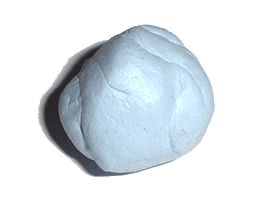
This is one of my personal eccentricities, but I love Blu-Tack. You can mould it into different shapes and model small animals with it. More importantly, it can be used for holding wires, components, etc. in place while you solder them. If you use it wisely, Blu-Tack can be your "third hand" and will make construction considerably easier.
Glue

You'll need some glue to secure the parallel and power connectors in place. Evo-Stik Impact Adhesive is strong stuff when dried, and doesn't come unstuck when you connect and unplug cables. Apply it sparingly, though.
Multimeter
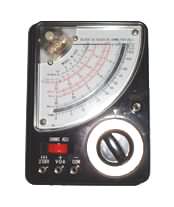
A small, portable analogue or digital multimeter is needed for continuity testing and diagnostic purposes. You could (just about) get by with a simple continuity tester or logic probe, but an inexpensive multimeter will prove far more versatile and useful.
Screwdriver
Finally, if you're going to modify cartridges, then you're going to need a screwdriver to open them. Pre-1990 cartridges have standard Philips screws, whereas those from 1990 and later have security screws of the 4.5mm "External Line Head" type. "Game Bits" and special screwdrivers are available to open these, or you can create your own tool for the purpose, which I'll explain about later.
< Overview | SMSReader | Components list >

